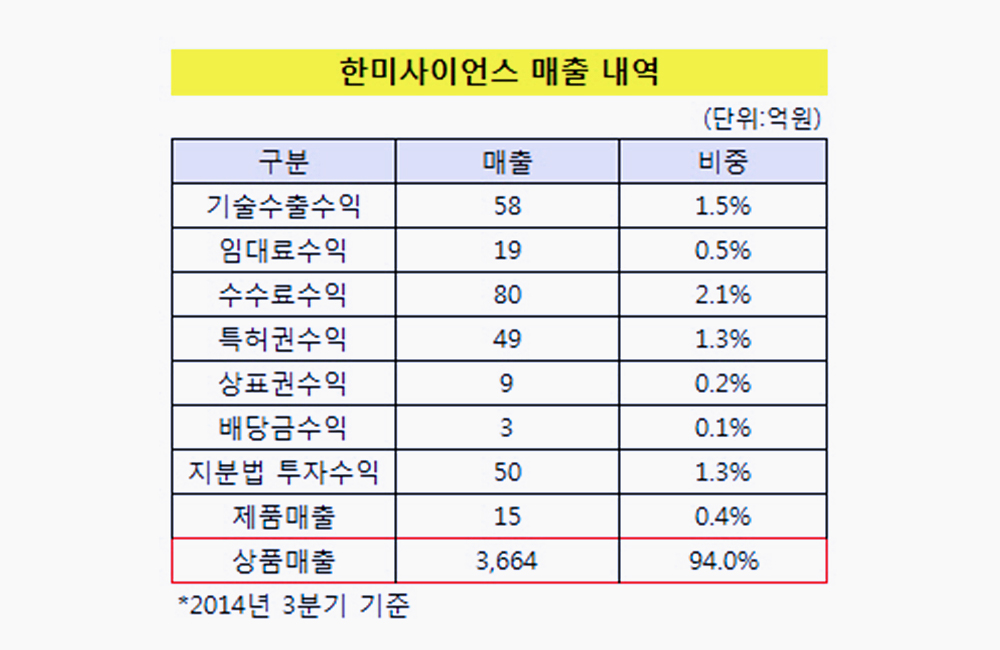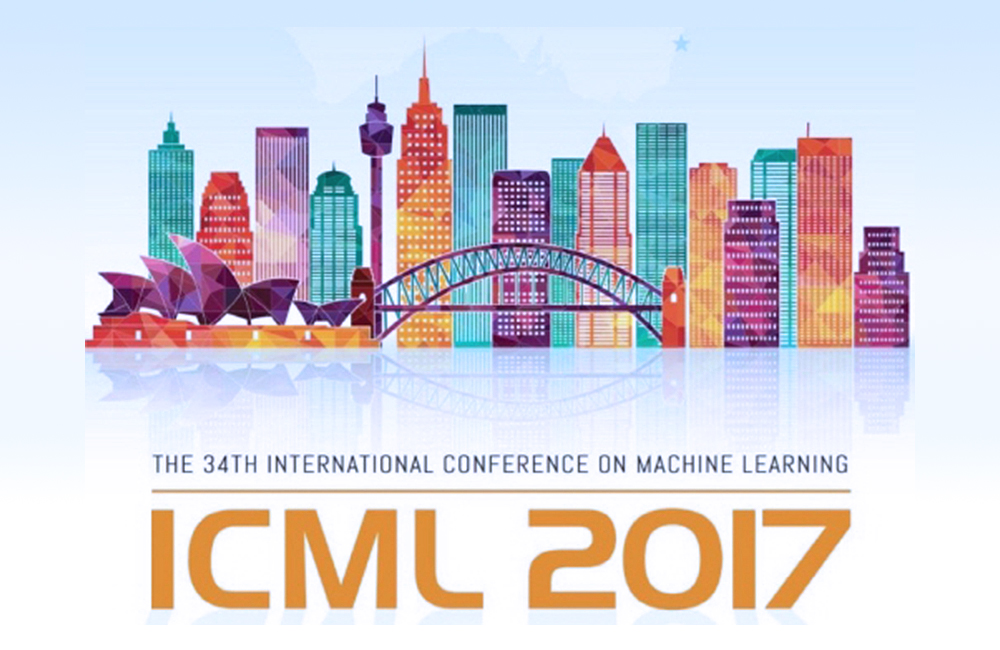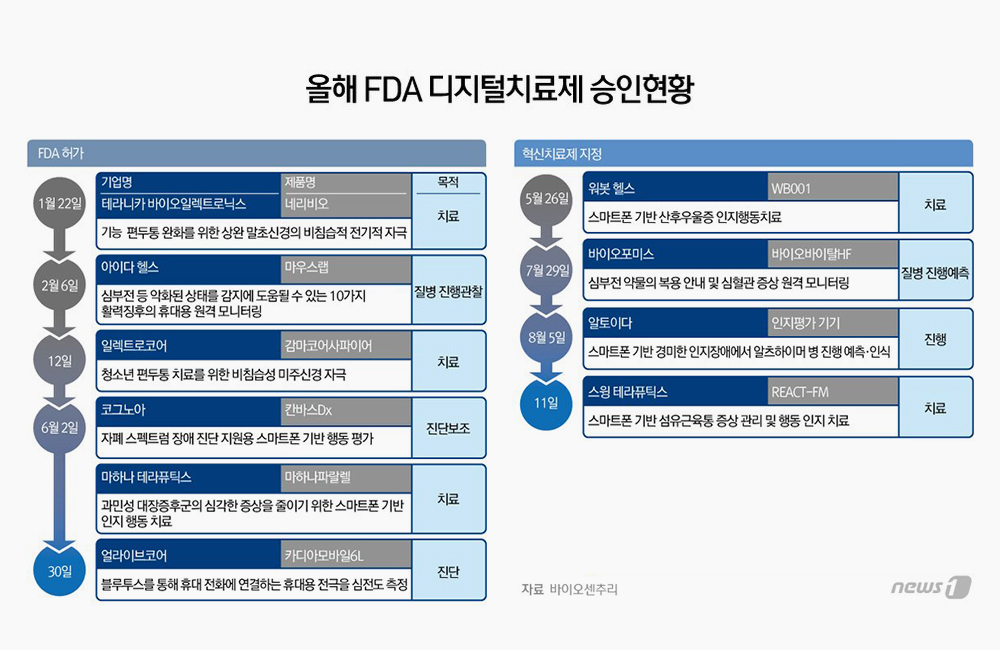Despite the significant drop in funding in
2022, digital health is here to stay. It encompasses a wide range of
technologies and innovations, from telemedicine to wearables to artificial
intelligence (AI).
Telehealth has reached 80% adoption and
wearable ownership is approaching 50% in markets like the US. And the promise of digital health is immense:
improved patient outcomes, increased efficiency, greater access, earlier
detection of disease, and cost savings for healthcare systems. And while there
are still some challenges to overcome - such as reimbursement models,
disparities in access, interoperability, data privacy/security - the future is
bright.
There are many trends converging that will
lead to its rapid adoption and transformation of the industry. One such trend
is the rise of consumer-like models. Digital health companies are increasingly
adopting consumer-like models, such as subscription-based services and
direct-to-consumer marketing. This is making digital health more accessible to
patients and driving awareness of these solutions and adoption. To accelerate scale-up and patient access,
leaders in pharma and other industries should consider embracing these models.
This could lead to consolidation and cross-industry pollination, driving
innovation and unlocking new opportunities. We are already seeing this begin to
happen with the recent acquisition of One Medical and launch of RxPass by Amazon,
for example.
Fuelled by the recent uptake of generative
AI platforms, like OpenAI’s ChatGPT and Google’s BARD, the growth of artificial
intelligence (AI) is moving from the background to the foreground of
healthcare. AI is being used to develop
new digital health tools and technologies, such as chatbots, virtual
assistants, and self-diagnostic tools. AI can also be used to improve the
efficiency and accuracy of healthcare delivery. Everyone is experimenting with
ways to enhance their own productivity and healthcare is no different. AI won’t
replace doctors, but it will replace doctors that don’t use AI in order to
better perform their jobs.
AI also has the potential to become more
transparent and be run on both identified and de-identified data across data
sources and even at the edge. This could lead to new insights and discoveries
that were previously impossible. All future therapies may include a digital
component, and digital therapeutics could become a standard part of treatment
plans. New care pathways could include digital therapies that are designed to
be prescribed before a disease manifests – to stave off disease – or as an
adjunct to support a medical intervention. Combining data ecosystems and
reinventing care pathways with digital therapeutics will require incumbents and
start-ups to work together to drive innovation at scale around target patient
populations.
The increasing adoption of wearables and
other connected devices is creating a significant new real-world data
opportunity. Nearly 50% of adults in the US market own some form of wearable
device, such as fitness trackers and smartwatches, which can be used to collect
data about patient health and activity. This data can be used in numerous ways
to improve patient care and to develop new digital health products. Patients
themselves are able to track metrics over time, see the impact certain
behaviours have on their overall health or fitness, and course correct
behaviours when needed.
Patients are increasingly demanding
personalised healthcare solutions that are tailored to their individual needs.
Consumers are used to getting personalised suggestions and products based on
their unique preferences in other industries. It only makes sense that they
would expect this kind of personalisation around their health.
And indeed, perhaps one of the most
exciting prospects for digital health is the ability to provide a continuum of
human and digital experiences powered by AI that adapt to the unique needs of
each patient. AI has the potential to
transform healthcare by providing personalised treatments and interventions
that are tailored to the individual.
This could be AI prompting a nurse or caregiver to proactively deliver
medication reminders to patients or an AI-driven agent alerting an HCP when a
heart failure patient is at elevated risk of an attack. Companies can also come together to form data
ecosystems/cooperatives around major disease areas and social determinants to
fuel new data hungry AI innovations. Interoperability and sharing of data in a
secure, protected manner are critical to enable this. Point solutions will make
way for platforms that bring together various products.
These trends and more are converging to
create a bright future for digital health. Digital health has the potential to
improve patient care, reduce costs, and revolutionise the way healthcare is
delivered. And, someday soon, digital health won’t even be a term used to
describe the industry, it will just be health delivered in a Digital and
AI-first future. We think that day is a lot closer than most think and we’re helping
drive that vision forward at EVERSANA and Healthware Group.









